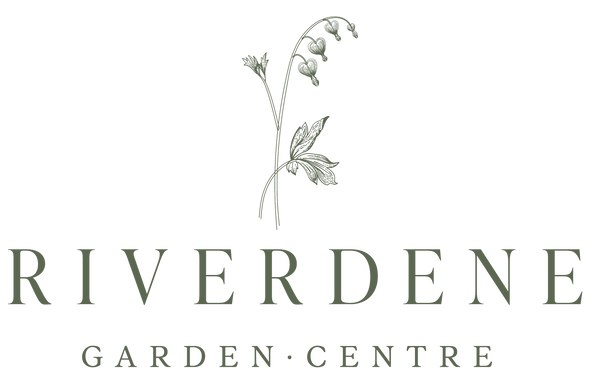Riverdene Garden Centre
Blue Arrow Juniper
Blue Arrow Juniper
Couldn't load pickup availability
Blue Arrow Juniper (Juniperus scopulorum ‘Blue Arrow’) Care Guide
Overview:
Blue Arrow Juniper is a slim, columnar evergreen with blue-gray foliage and a narrow, upright habit. It adds vertical interest to landscapes and performs well in restricted spaces. It is relatively low-maintenance and works well as a screen, specimen, or accent shrub.
1. Planting & Growing Conditions
-
Hardiness Zone: 4–9 — able to survive fairly cold winters.
-
Mature Size: About 15 ft (≈ 4.5 m) tall and only 2 ft (≈ 0.6 m) wide in ideal conditions.
-
Light Requirements:
-
Full sun is ideal (6+ hours of direct sunlight) for dense foliage and healthy growth.
-
-
Soil Requirements:
-
Prefers well-drained soil—can tolerate loam, clay, or sandy soils, as long as oversaturation is avoided.
-
Poor drainage or soggy soils can lead to root issues.
-
-
Planting Depth & Spacing:
-
Dig a hole about 1.5× the width of the root ball, placing the top of the root ball slightly above or flush with the surrounding soil surface to promote drainage.
-
Space 2–3 feet apart if using as a hedge or screen.
-
2. Watering & Maintenance
-
First Season: Water regularly to establish roots—keep the soil moist but not waterlogged.
-
Once Established:
-
Very drought-tolerant; water only during extended dry periods.
-
Avoid overwatering, especially in heavy or poorly drained soil.
-
-
Mulching:
-
Apply a 2-3 inch layer of mulch around the base to conserve moisture and suppress weeds, keeping mulch a few inches away from the trunk.
-
3. Fertilizing
-
Use a balanced slow-release fertilizer in early spring to support healthy growth.
-
Avoid excessive fertilization, which may promote soft growth vulnerable to winter injury.
4. Pruning & Maintenance
-
Pruning Needs: Minimal — Blue Arrow holds its narrow columnar form naturally.
-
Best Pruning Time: Late winter to early spring, before new growth begins.
-
How to Prune:
-
Remove dead, damaged, or crossing branches to maintain health and shape
-
Light shaping is acceptable, but avoid cutting back into old wood, as junipers don't regenerate well from deep cuts
-
5. Foliage, Seasonal Interest & Wildlife
-
Foliage Color: Blue-gray evergreen needles that maintain color year-round.
-
Form: Very narrow, upright, and columnar — excellent where horizontal space is limited
-
Wildlife Value: Provides some cover for birds; cones may be eaten by birds (though minor).
6. Pest & Disease Management
-
Common Issues:
-
Junipers can be susceptible to twig or needle blight, root rot in soggy soils, and pests like scale, aphids, mites, or bagworms.
-
-
Prevention & Control:
-
Ensure good air circulation, avoid overcrowding
-
Avoid overhead watering
-
Prune out infected parts early
-
Plant in well-drained soils to reduce root disease risk
-
7. Winter Protection
-
Cold Hardiness: Suited to cold climates; rarely needs special protection in zones 4 and above
-
Mulching: Light mulch over the root zone in colder areas can buffer temperature swings in winter
8. Landscape Uses
Excellent for narrow hedges, vertical accents, and tight spaces
Use as a backdrop or spire in mixed plantings
Great in rock gardens or xeriscapes because of drought tolerance
Easy-care choice for evergreen structure in gardens
